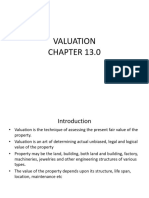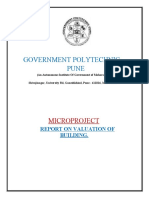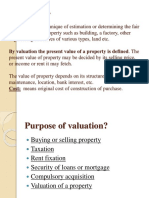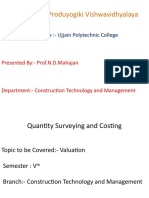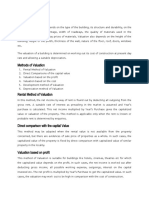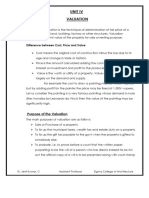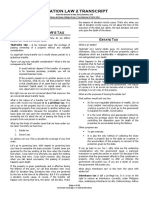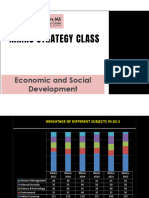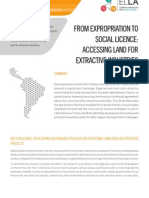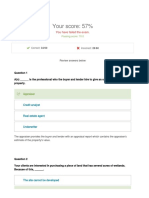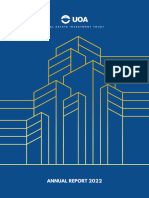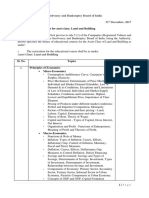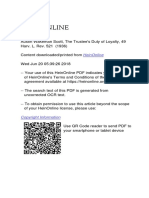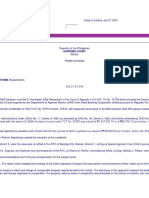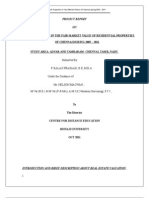0% found this document useful (0 votes)
17 views16 pagesUnit 4 Part 1
Valuation is the process of estimating the fair price or value of properties based on various factors such as structure, location, and market conditions. It serves multiple purposes including buying/selling properties, taxation, rent fixation, and loan security. Different methods of valuation include rental, direct comparison, profit-based, cost-based, development, and depreciation methods.
Uploaded by
Jai HarishCopyright
© © All Rights Reserved
We take content rights seriously. If you suspect this is your content, claim it here.
Available Formats
Download as PDF, TXT or read online on Scribd
0% found this document useful (0 votes)
17 views16 pagesUnit 4 Part 1
Valuation is the process of estimating the fair price or value of properties based on various factors such as structure, location, and market conditions. It serves multiple purposes including buying/selling properties, taxation, rent fixation, and loan security. Different methods of valuation include rental, direct comparison, profit-based, cost-based, development, and depreciation methods.
Uploaded by
Jai HarishCopyright
© © All Rights Reserved
We take content rights seriously. If you suspect this is your content, claim it here.
Available Formats
Download as PDF, TXT or read online on Scribd
/ 16

